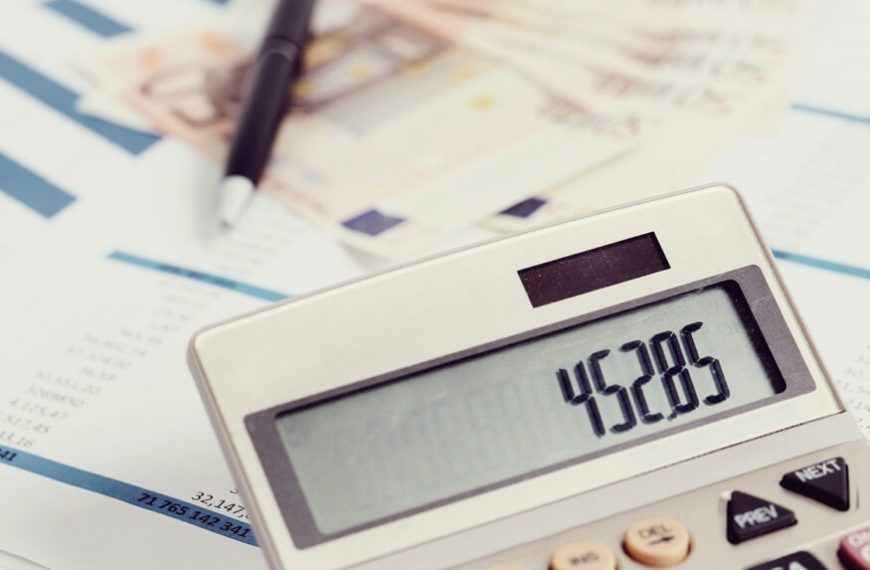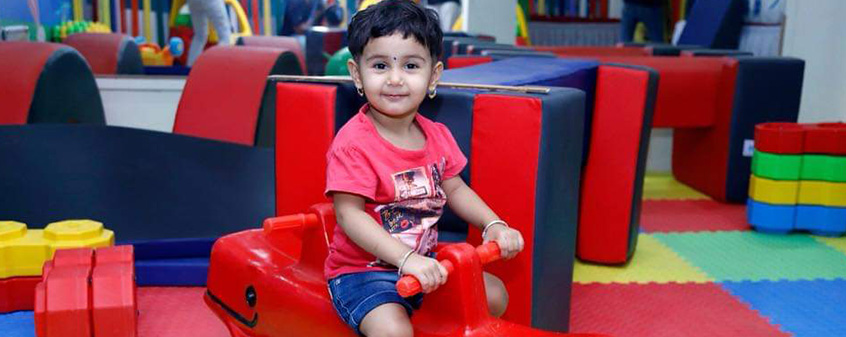Exploring Place Value: Activities, Indian System, and Historical Roots
The foundation of early math education often starts with understanding numbers and their significance. A key component of this understanding is the place value system. For kids and adults alike, it serves as the bedrock of arithmetic and numerical computations. It’s the difference between knowing that 111 is one hundred and eleven and not just three ones in a row.
Especially in the Indian context, the Indian place value system plays a vital role in our education. Let’s dive deep into this concept, using examples and engaging activities to bring clarity.
The Importance of Place Value
When kids first encounter numbers, they see them as individual entities. The number 7, for instance, is just seven units. But what happens when we have 77? Without understanding the place value, one might think it’s just two 7s. However, in reality, it represents seventy-seven, where the first 7 stands for seventy, and the second for seven units.
This demonstrates the significance of place value for kids. It’s not merely about reading numbers but comprehending their inherent value. Grasping this concept early in their educational journey sets the stage for more advanced mathematical topics.
Exploring the Indian Place Value System
The Indian place value system is unique and holds historical and cultural importance. Unlike the International system, where numbers are grouped in threes (thousands, millions, billions), the Indian system groups the first three digits followed by pairs (thousands, lakhs, crores).
For instance, 5,67,89,000 in the Indian system is read as “five crores, sixty-seven lakhs, and eighty-nine thousand.” To provide place value examples using the Indian system: the number 4,53,210 is read as “four lakhs, fifty-three thousand, two hundred and ten.”
Engaging Place Value Activities
To truly grasp the concept, especially for children, engaging activities are a must. Here are a few place value activities that can be incorporated into learning sessions to make the topic lively and enjoyable:
Place Value Mat: Create a mat with different columns for units, tens, hundreds, and so on. Provide kids with number cards. Let them place the numbers in the correct column to form specific numbers.
Interactive Stories: Craft stories where numbers play a crucial role. For example, “In a town, there were 4,56,789 apples. 2,34,567 of them were red, and the rest were green. How many were green?” Such stories not only test their comprehension of the Indian place value chart but also their subtraction skills.
Physical Representation: Use objects like beads, sticks, or coins. For instance, ten beads can be traded for a stick (representing tens), ten sticks for a bigger item (representing hundreds), and so on. This tangible activity reinforces the concept beautifully.
Digital Games: In today’s digital age, there are numerous online games centered around the place value for kids. These can be great interactive tools for kids to learn while playing.
Place Value Examples in Everyday Life
To make learning more relatable, you can draw examples from everyday scenarios. Here are a few place value examples:
When discussing money, point out the difference between 10 rupees and 100 rupees. Discuss the placement of digits and their significance.
While looking at car number plates, phone numbers, or house numbers, discuss the numbers and what each digit means.
Using a calendar, point out the difference between the 5th day of the month and the 50th year of a century.
The History Behind Place Value System
One cannot truly appreciate the importance of the place value system without delving a bit into its rich history. The concept of place value originated in ancient civilisations like India and Babylonia. Both these civilisations recognised the need to have a system in place that could represent large numbers without having to introduce new symbols continuously.
Indian Contribution
The Indian place value system, which is still prevalent today, was sophisticated in its approach. Ancient Indian mathematicians introduced the concept of zero and the decimal system, which revolutionised number representation. This meant that the position of a number could change its value, allowing for efficient representation of large numbers. The renowned Indian text, Brahmasphutasiddhanta written by Brahmagupta in the 7th century, discussed the place value system and zero in detail.
Place Value Across Cultures
While India had its unique system, other cultures, too, grappled with representing numbers efficiently. The Mayans, for instance, had a vigesimal (base-20) system. Meanwhile, the Romans, with their Roman numerals, had a non-positional system which, while iconic, was not as efficient for arithmetic as the place value systems.
Dive Deep with More Place Value Activities
Beyond the ones previously mentioned, here are more interactive place value activities:
Place Value Flip Chart: Create a flip chart where each page has a different digit. As kids flip through the pages, they can form various numbers and read them aloud, reinforcing their understanding.
“Guess My Number” Game: One child thinks of a number, and others ask questions to deduce it. Questions can revolve around the value of digits in specific places, e.g., “Is the number in the tens place 7?” or “Does the thousands place have 5?”
Place Value Art: Let children create artwork using different items to represent different place values. For example, use sequins for units, buttons for tens, and ribbons for hundreds. It’s a creative way to make learning tactile and visual.
Why is Understanding Place Value Essential?
It might seem that the place value is just another mathematical concept. However, its implications are profound. From everyday tasks like shopping and telling time to more complex operations in banking, astronomy, and engineering, the place value system is omnipresent.
Without a strong grounding in this, one can face challenges in basic arithmetic, financial literacy, and even logical reasoning. As such, making this topic engaging, interactive, and relatable is not just an academic requirement but a life skill.
Conclusion
The place value system is foundational in our numerical understanding. Whether it’s the international system or the Indian place value system, its comprehension is paramount. By incorporating engaging place value activities, we can make this topic not just a subject to be studied but a delightful experience to be lived.
In that spirit, embracing diverse place value activities and real-life place value examples ensures that this legacy is not just learnt, but lived and loved. With institutions like EuroKids leading the way, the future of education seems promising and profound. EuroKids, a pioneer in early childhood education, recognises the importance of foundational concepts like the place value system. With our innovative and engaging teaching methodologies, we ensure that children grasp these essential concepts in a fun and memorable way.
















